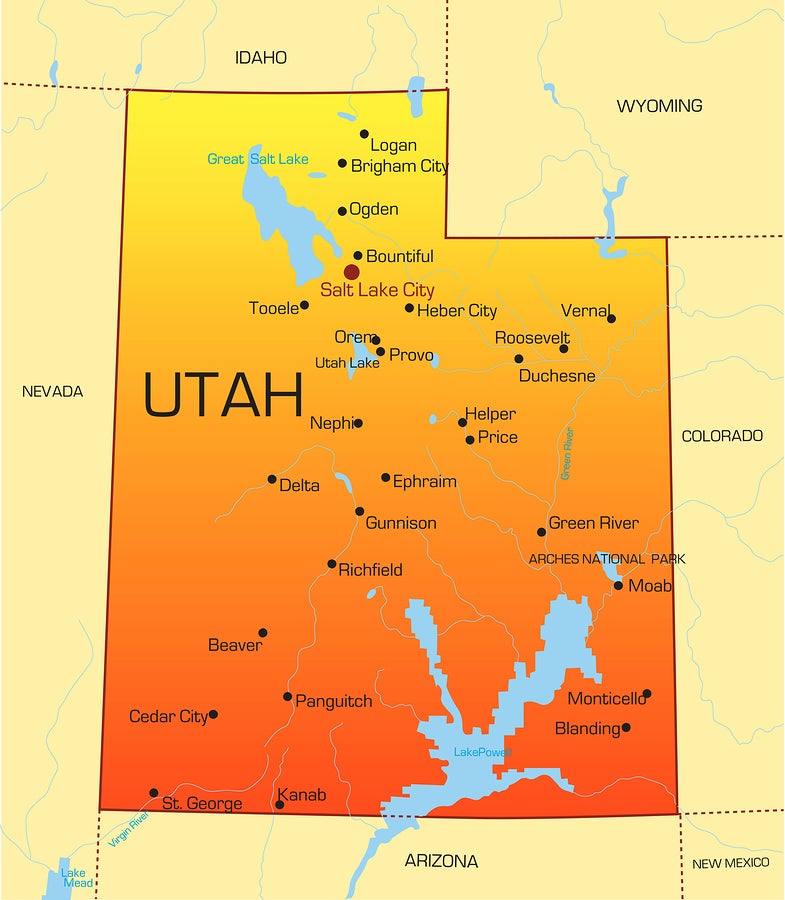Utah’s legislature recently passed a bill which rolled back the Medicaid expansion passed by the voters in November and substituted a much weaker replacement. With the Governor planning to start enrollment on April 1st into the more limited version, we expect some action by CMS on Utah’s pending Medicaid Section 1115 proposal in the next ten days.
There has been a lot of reporting and discussion about Utah being the poster child for CMS Administrator Verma’s new effort to inject block grants/per capita caps into the Medicaid program. But what does that mean? Health policy is complicated (as our President has learned). So what we are talking about today is the first round of waiver activity, which, according to the state of Utah, will be followed by a new Section 1115 request in the next few months. Let’s review what the state is asking for in its current Medicaid waiver and whether approval of any of these policy changes would break new ground.
As regular readers of SayAhhh! know, Section 1115 waivers require public comments at both the state and the federal level before they can be approved and, since the state is feeling some time pressure to get something up and running, it appears that CMS and the state are working off a previously submitted version of a waiver request submitted to CMS in June 2018. Public comment was taken on this request to partially expand Medicaid and impose a work reporting requirement and enrollment cap on the newly-eligible group. This waiver request predates the successful ballot initiative in November 2018 where voters approved a full Medicaid expansion offering coverage to Utahns earning up to 138% of the federal poverty level.
The purpose of this blog is to clarify some of the misconceptions about the pending Medicaid waiver request and whether action on Utah’s waiver request could open the door for other states to request similar changes.
Does this waiver request seek the full Medicaid matching rate for a partial expansion?
NOT EXACTLY. After submitting the 1115 application last year, the Utah legislature passed SB96, which calls for a 4-step process, the first of which is this bridge plan. In the bridge plan, SB96 only seeks the regular, 70/30 match. While Utah had originally asked for enhanced match for the partial expansion, the Trump Administration is not expected to say yes “at this time”. In fact, the Trump Administration has rejected similar requests for full match for partial expansion from both Arkansas and Massachusetts.
However, press accounts suggest that this policy is under review within the Administration, and the state will undoubtedly continue to pursue this in any future related waiver requests. But there is no clear sense of where the Trump Administration will land on this highly disputed question.
Does this waiver request include a cap on federal funds?
NO. This waiver request does not cap federal funds and is not expected to include a new kind of budget neutrality agreement. However, this is another issue which may come up in round two.
Does this waiver request include an enrollment cap?
YES. This waiver request does seek a state enrollment cap. If approved, the state enrollment cap for the Medicaid expansion group would break new ground by placing arbitrary limits on how many people that qualify for Medicaid coverage will get it. Before the ACA, Utah had a program called the Primary Care Network that provided limited benefits to a limited group of people. But under the ACA, when states take up the Medicaid expansion group they must cover everyone who meets the eligibility standards.
Does this waiver request include work reporting requirements?
YES. This waiver request includes work reporting requirements that would take effect on January 1, 2020 if approved. This is not breaking new ground as CMS has already approved work reporting requirements in other states, including in Wisconsin. However, they come with litigation risk. Work reporting requirements in Kentucky, Arkansas, and New Hampshire are now the subject of lawsuits pending in federal district court – with a decision on the first two expected by next week.
In summary, approval of Utah’s current Medicaid waiver request would limit coverage options to a fraction of those who need it and break new ground by allowing the state to cap enrollment. It also thwarts the will of Utah voters and is fiscally irresponsible. The state will only draw down the regular match rate (68%) rather than the more generous federal match rate offered for full Medicaid expansion (93%) this year. In other words, the state is paying $30 for a $10 movie ticket.
Pursuant to SB 96, Utah is expected to go back to CMS later this year with more waiver requests. They plan to ask for the full federal match rate for a partial expansion and to include additional restrictions such as a federal per-capita funding cap, none of which have been approved before. Those requests would require the state to submit another Medicaid waiver request and allow state and federal public comment periods.
We’ll have more to say about this topic once CMS has taken action on Utah’s pending Medicaid waiver.


